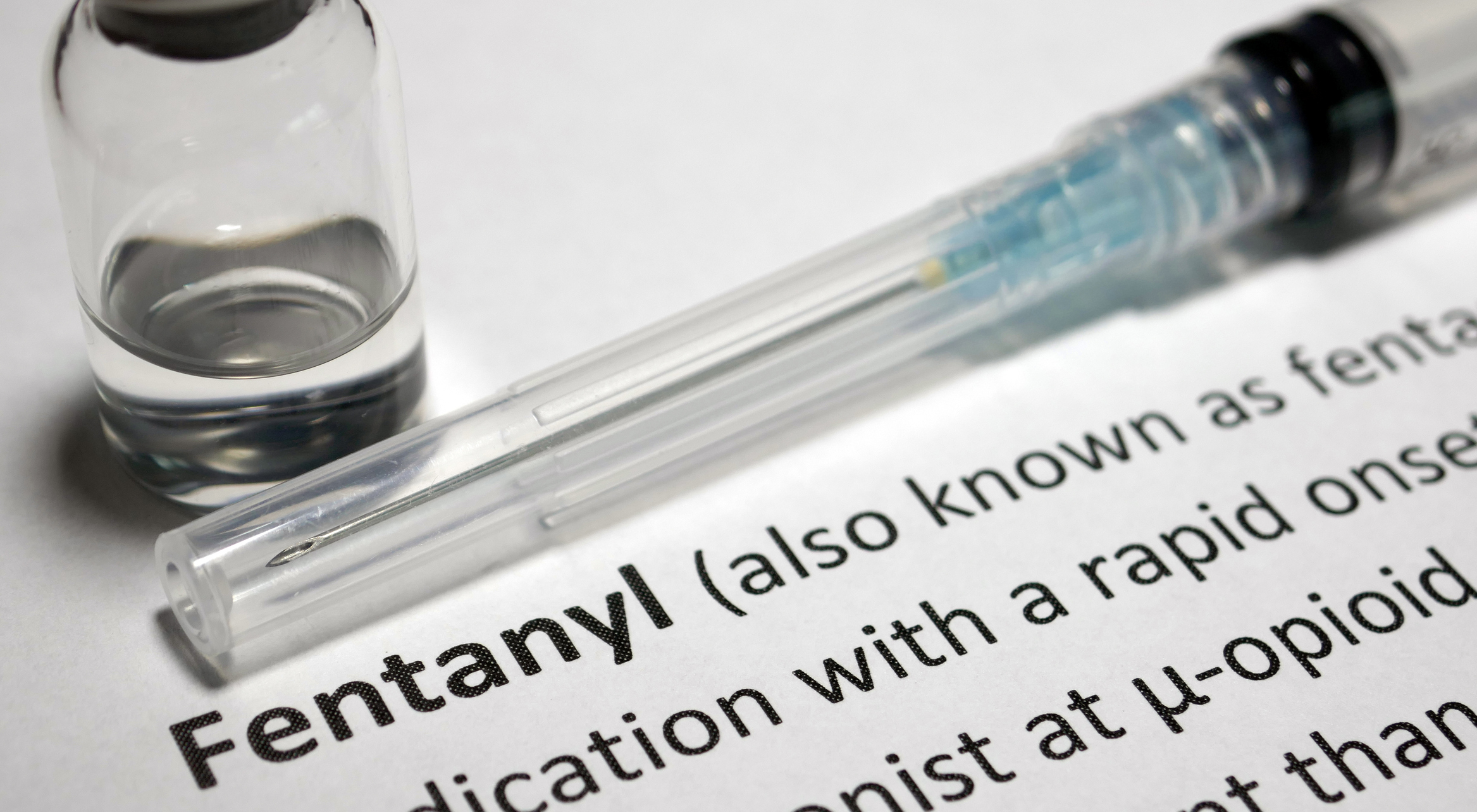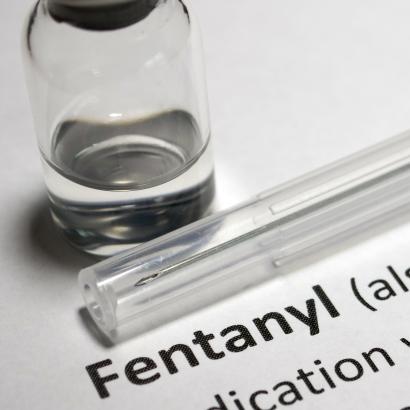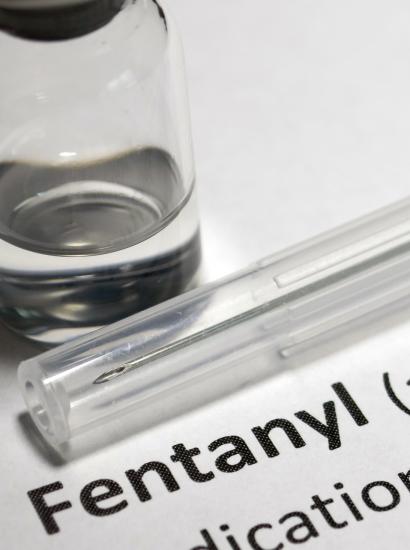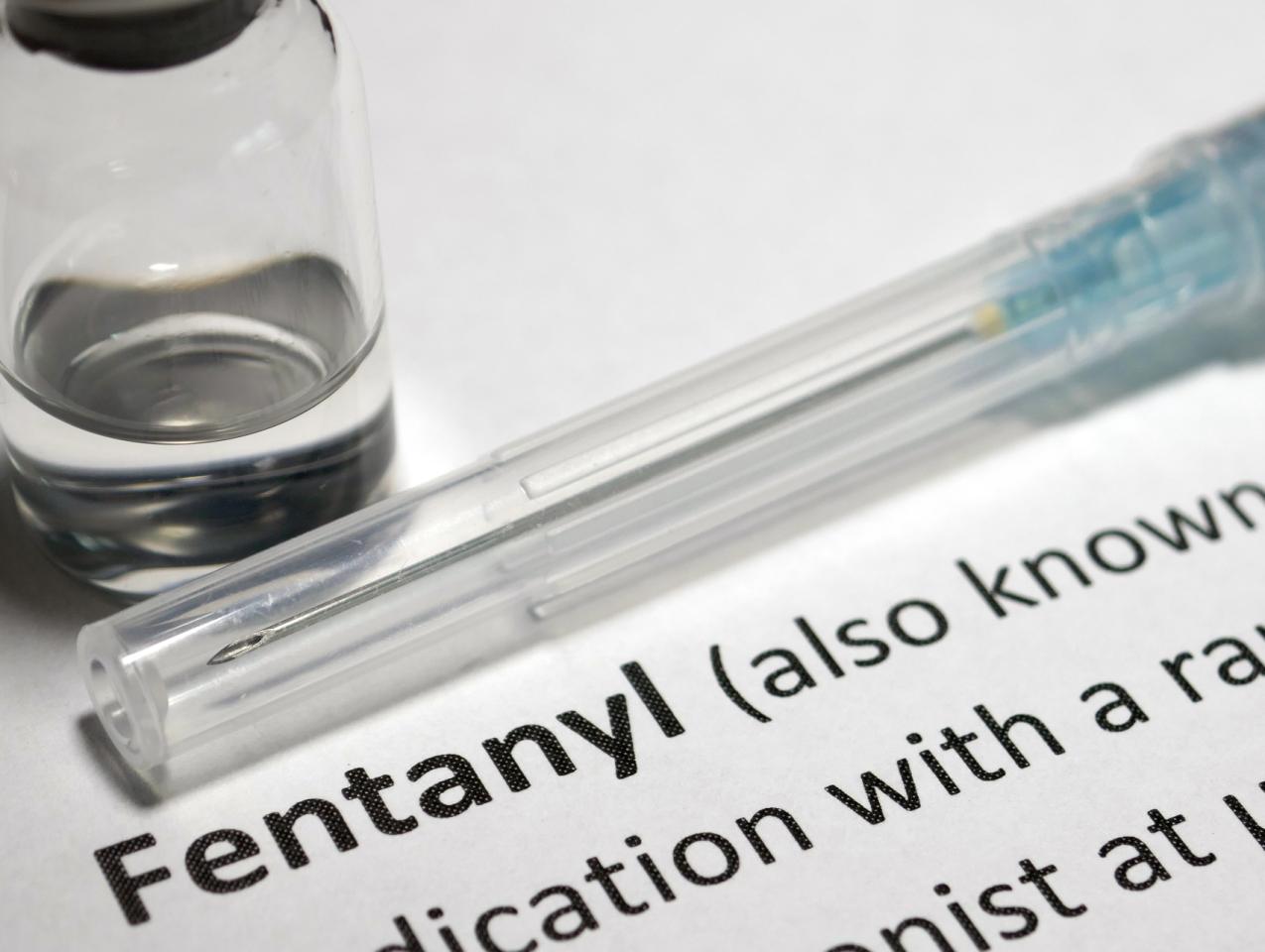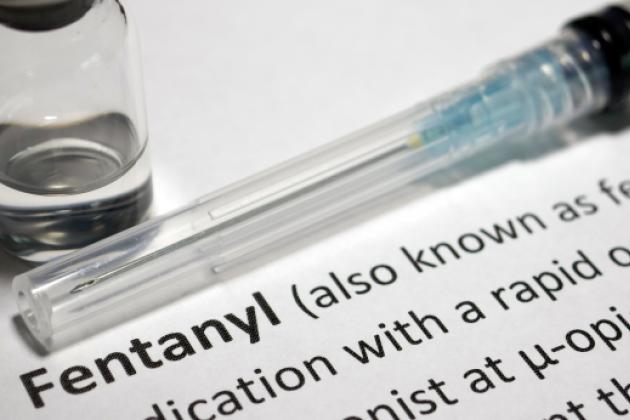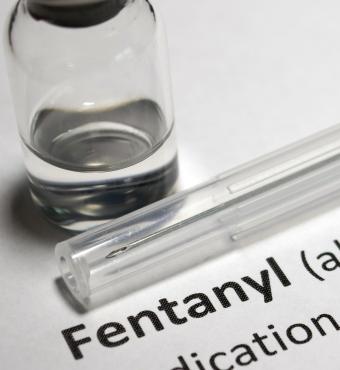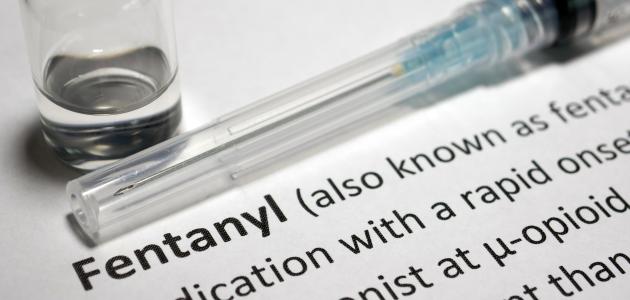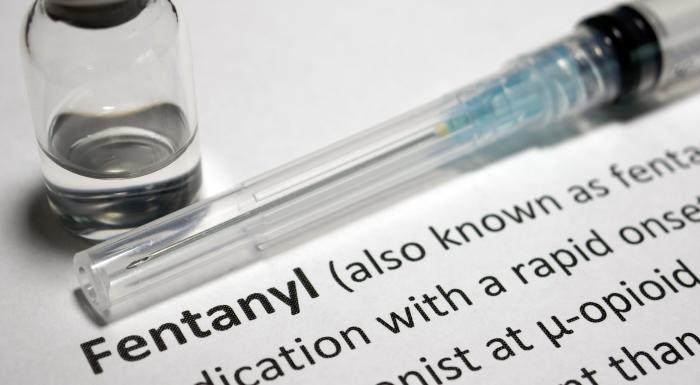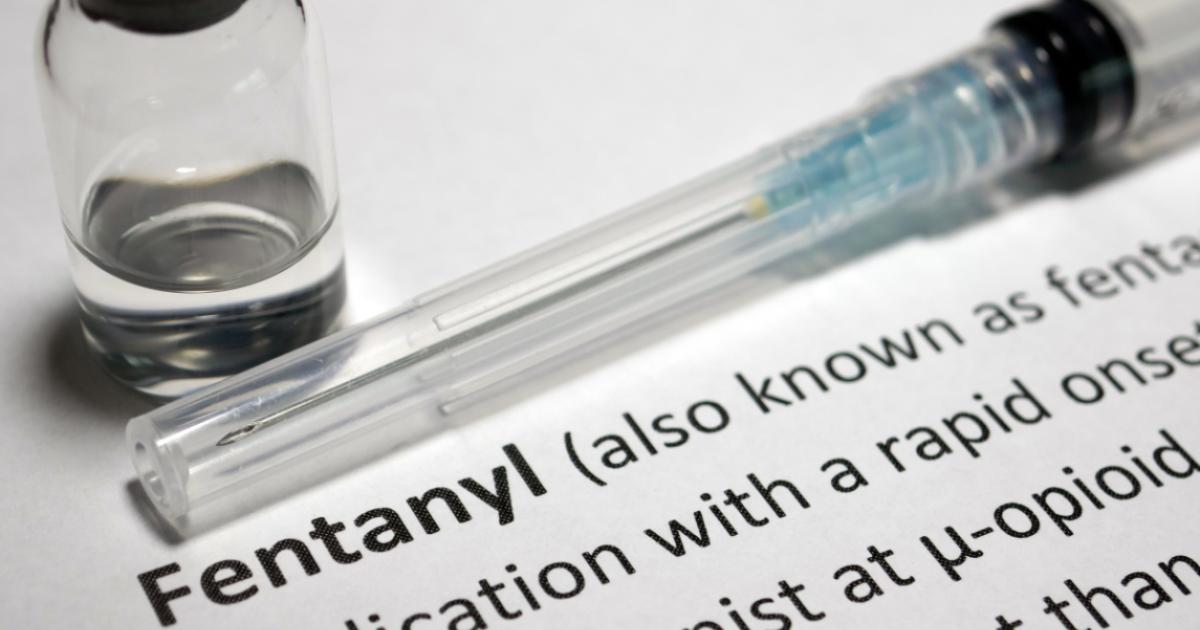- State & Local
Fentanyl, a synthetically produced opioid 50 times as powerful as heroin, has led to 2,000 deaths in San Francisco since 2020, nearly twice as many as those from COVID-19 in the same period. But a proposal from one of San Francisco’s supervisors to modify its sanctuary law to deport fentanyl drug sellers may signal a new direction in a city that is under siege. The question is whether his board colleagues will agree to changing a policy that is viewed as the dividing line between those who are progressive and those who aren’t.
San Francisco’s drug problems are self-inflicted. For years, the city has limited the extent that they prosecute drug traffickers and has chosen to treat illegal drug use as an accepted way of life, an approach known as harm reduction. These policies have facilitated an explosion of drug use and sales in the city, in which some neighborhoods have become de facto 24/7 open-air drug supermarkets—an opioid version of Costco, just without the membership card.
San Francisco is a tragic illustration of what happens when society embraces dysfunction. If you walk through the neighborhoods most affected by drug use, such as the Tenderloin or the South of Market district, you will see dozens of users. Some are slumped over, oblivious to anyone or anything. Some are passed out on the sidewalk. Some are about to enter one of these two states, injecting or smoking fentanyl or other narcotics. Some are teens, but look 20 or more years older, a lifetime of potential now a lifetime away from them. The extremities of drug users are often engorged and discolored, with darkened veins. Open sores that are filled with pus cover their bodies. Some are missing teeth, a sign of chronic methamphetamine use. Some are barely alive as their bodies fight to recover from an onslaught of poison, chronic infection, liver disease, malnutrition, and dehydration.
You’ll see garbage, rotting food and flies, discarded needles and other drug paraphernalia, and human feces on sidewalks. You’ll see paramedics racing through the streets, bringing addicts back from the dead using Narcan, a drug that reverses the depressing effect of opioids on the respiratory system. In 2021 alone, nearly 9,000 overdoses were reversed this way.
These people are fathers and mothers, daughters and sons. They belong to us, but they have become unrecognizable, even to their families. This is a never-ending tragedy, playing out in city streets for all to see. It is hard to imagine anything more inhumane in a civil society, yet there it is, in a city whose progressive leadership continues to pay homage to a failed social vision that destroys hundreds of lives each year.
This may be changing. One important step is to deal with drug traffickers, many of whom are affiliated with well-organized drug gangs from Mexico or Central America. San Francisco’s Board of Supervisors, who have long been an impediment to implementing sensible policies, now largely indicate they support prosecuting fentanyl drug sellers.
But there may be a more expeditious and permanent approach to dealing with drug sellers: deportation. This is particularly relevant for fentanyl, in which many sellers are from Honduras and are likely in the United States illegally. City supervisor Matt Dorsey proposed legislation recently to modify the city’s sanctuary law so that drug sellers can be deported.
San Francisco’s sanctuary law severely limits when local authorities may notify Immigration and Customs Enforcement (ICE) that the city is releasing a person from jail that the federal agency wants to deport. The present law allows cooperation with ICE for murder, rape, robbery, arson, and carjacking crimes. Dorsey’s legislation would add fentanyl dealing as another exception to that list. Under Dorsey’s proposal, ICE would be notified so they could arrest a dealer upon release.
It might seem obvious that such a modification to the city’s sanctuary law is a no-brainer. But it is already facing blowback within the city. University of San Francisco law professor William Hing said the proposal will have a “chilling effect” on all immigrants and that the city “should not be in the business of facilitating the deportation of its residents.” https://www.sfchronicle.com/sf/article/fentanyl-dealers-crime-sf-deport-immigration-17782315.php
FreeSF, a group of organizations that includes the San Francisco Public Defender's Office and the San Francisco AIDS Foundation, said it was “deeply disappointed,” stating that “sanctuary policies are crucial to upholding our values of equality and including — and to building strong, safe and flourishing communities for all. The board must recognize that the sanctuary ordinance is an essential part of the solution.”
Del Seymour, a neighborhood advocate in the city’s Tenderloin district, perhaps the city neighborhood most affected by opioid trade and which has the highest crime rate in the city, argued “Undocumented immigrants cannot legally work in the country and some are then left with no other choice but to hawk drugs to feed their families.”
Take a moment and think about the content of these statements. In a city of individuals who have lost control of their lives through drug use, these statements highlight just how badly the city’s advocacy groups and governing bodies have been addicted to their own failed visions.
Matt Dorsey is fighting against those who stand in the way of reversing San Francisco’s failed drug policies. His proposal is not a panacea, but it is an important component of a solution. And if his colleagues on the Board of Supervisors don’t support him, then San Franciscans should vote them out of office in the next election. Hasn’t enough damage been done?







